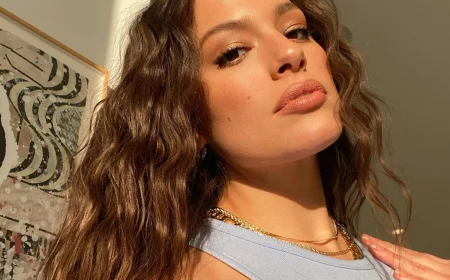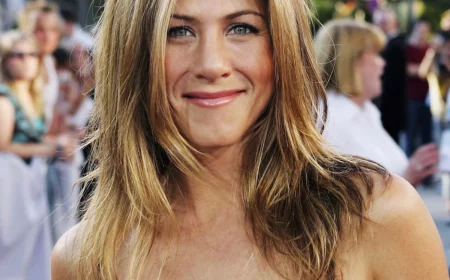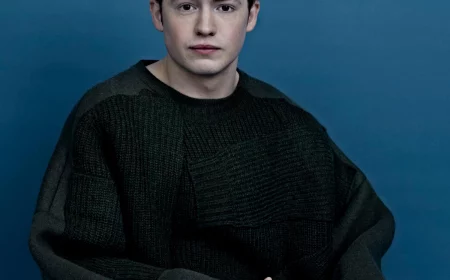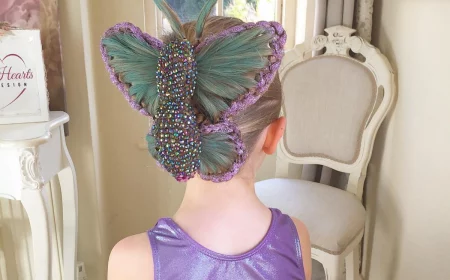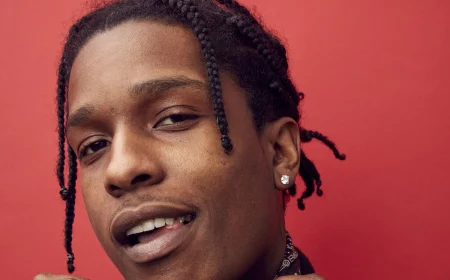The No-Nonsense Guide to Growing and Caring for Men’s Long Hair
So, you’re thinking about growing your hair out. Good for you. I’ve been behind the barber’s chair for a long, long time, and I’ve seen all the trends come and go. But let me tell you, the move toward men embracing long hair isn’t just a trend—it’s a shift in mindset. It’s about guys wanting to find a look that feels authentic to them.
In this article
I’ll never forget a client of mine, a real straight-laced professional type. For years, it was the same conservative cut. Then one day, out of the blue, he said, “Let’s just let it grow.” The journey wasn’t always easy, and we navigated some seriously awkward stages together. But a couple of years later, he had this healthy, shoulder-length hair that totally transformed his vibe. He just looked more… like himself. This guide is built on experiences like that. It’s a real-deal handbook for the journey, not just a collection of quick tips.

First Things First: Understand What You’re Working With
Before you even think about products or styles, you have to get to know your own hair. Honestly, most of the issues guys run into—like endless frizz or greasy roots—happen because they’re using the wrong stuff for their hair type. It’s like putting diesel in a gasoline engine. Getting this right is the absolute most important step.
In the shop, we zero in on three key things: texture, porosity, and density.
Hair Texture: Fine, Medium, or Coarse?
This is all about how thick each individual strand of your hair is. It’s not about how much hair you have.
- Fine Hair: The strands are thin, and it can be a real struggle to get them to hold a style. Heavy products are your enemy here; they’ll weigh your hair down and make it look flat or greasy in no time. It’s also the most fragile and likely to break when it gets long.
- Medium Hair: This is the most common type. The strands have a bit more substance, it holds styles pretty well, and volume isn’t usually a major issue.
- Coarse Hair: Each strand is thick and strong. While it holds a style like a champ, it can feel a bit wiry or rough. It also takes forever to dry.
Quick Test: Pluck a single hair. Can you barely feel it between your fingertips? It’s fine. Can you definitely feel a distinct strand? It’s medium. Does it feel noticeably thick and strong? That’s coarse.
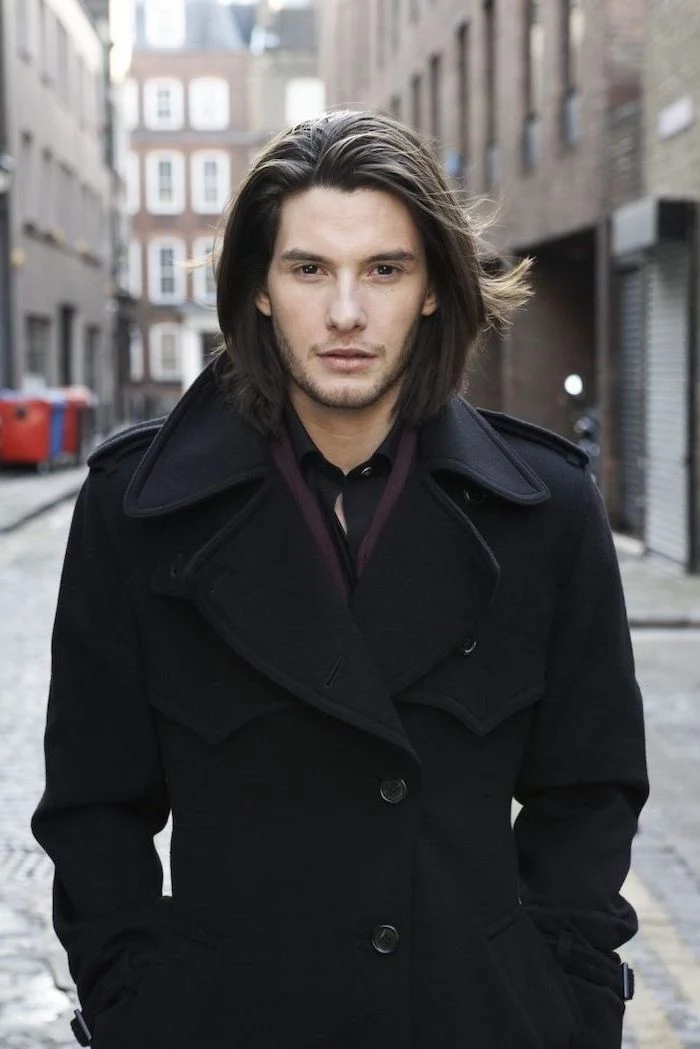
Hair Porosity: The Thirst Factor
Porosity is a game-changer, and it’s something most people completely ignore. It’s just a measure of how well your hair can absorb and hang on to moisture.
- Low Porosity: Your hair’s outer layer (the cuticle) is tightly sealed. It resists moisture, so water and products tend to just sit on top. The upside is that it’s often shiny and healthy, but the downside is product buildup is a common problem.
- Medium Porosity: The sweet spot. Hair absorbs moisture well and doesn’t lose it too quickly. It’s the easiest to manage.
- High Porosity: The cuticle is wide open, either from genetics or damage. This hair sucks up water fast but loses it just as quickly, leaving it frizzy, dry, and prone to tangles.
The Float Test: Drop a clean, dry strand of hair into a glass of water. If it floats on top for a while, you’ve got low porosity. If it sinks slowly, that’s medium. And if it plummets to the bottom? High porosity.
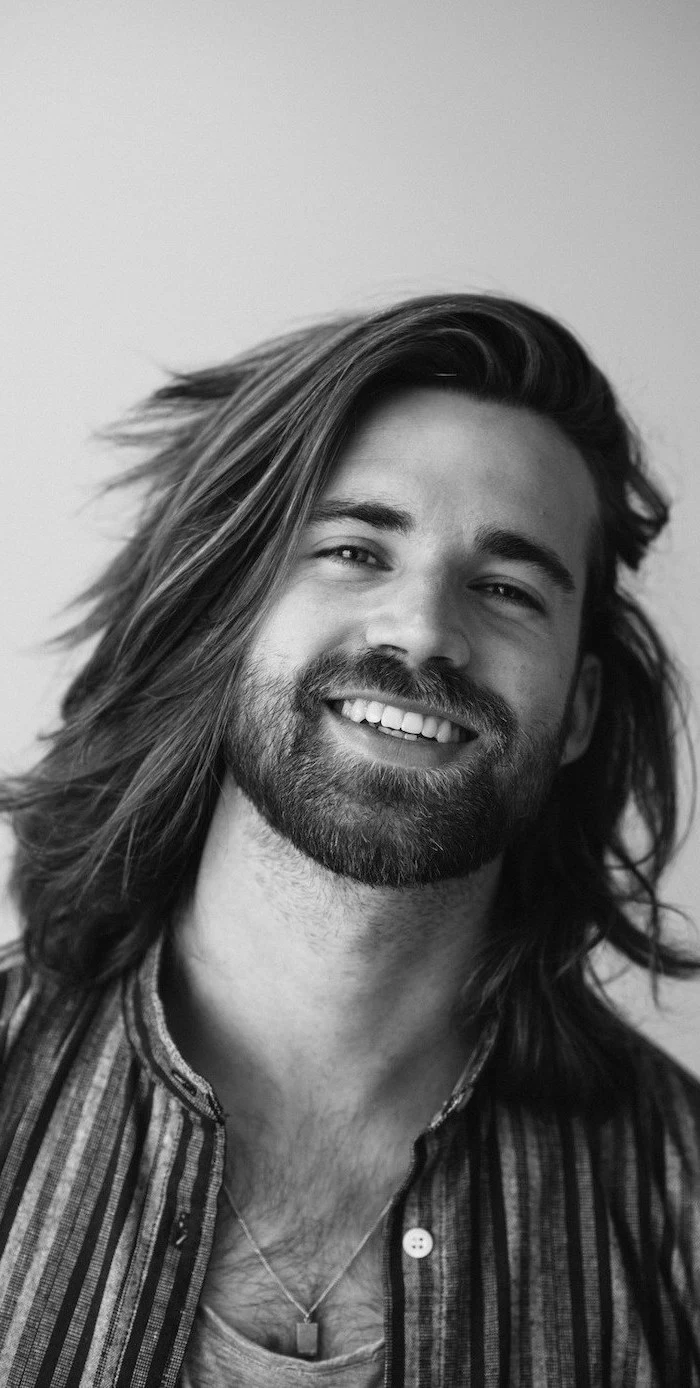
Okay, You Know Your Type. Now What?
This is where the knowledge becomes power. You can finally stop guessing and start buying the right products. For example:
- If you have Fine, Low Porosity hair, you need to look for lightweight, water-based products. Think ingredients like aloe vera or glycerin. You should absolutely AVOID heavy butters like shea or cocoa, which will just sit on your hair and make it a greasy mess.
- If you have Coarse, High Porosity hair, it’s the opposite. Your hair is thirsty and needs rich, sealing ingredients. Look for products with argan oil, shea butter, or avocado oil to lock in that moisture it so easily loses.
Surviving the Awkward Stage
Ah, the awkward stage. Everyone goes through it. It’s that 6-to-12-month period where your hair is too long to be short but too short to tie back. It just… sticks out. This is where most guys throw in the towel. My advice? Have a plan and just push through.

Remember, hair grows about half an inch a month, on average. No magic pill is going to change that. So if you’re starting with 2 inches and want to get to your shoulders (around 12 inches), you’re signing up for a journey of nearly two years. Knowing that upfront helps.
You might think, “Why cut my hair if I’m growing it?” It’s for health, not length. You have to get rid of split ends before they travel up the hair and cause real damage. Every 3-4 months, go to your barber or stylist and say these exact words: “I am growing my hair out. I only want a quarter-inch off to clean up the ends. Please don’t touch the overall length.” A pro will get it.
During this phase, you need a few tricks up your sleeve:
- Hats and beanies are your best friends. No explanation needed.
- Sea salt spray is a lifesaver. It adds some grit and texture, making your hair look intentionally messy instead of just… out of control.
- A 2-Minute ‘Intentional Mess’ Style: On damp hair, spritz 3-4 pumps of sea salt spray (a good one like Not Your Mother’s Beach Babe texturizing spray costs around $7). Use your fingers to scrunch and twist small sections. Don’t comb it! Just let it air dry. The goal is controlled chaos, and it works.
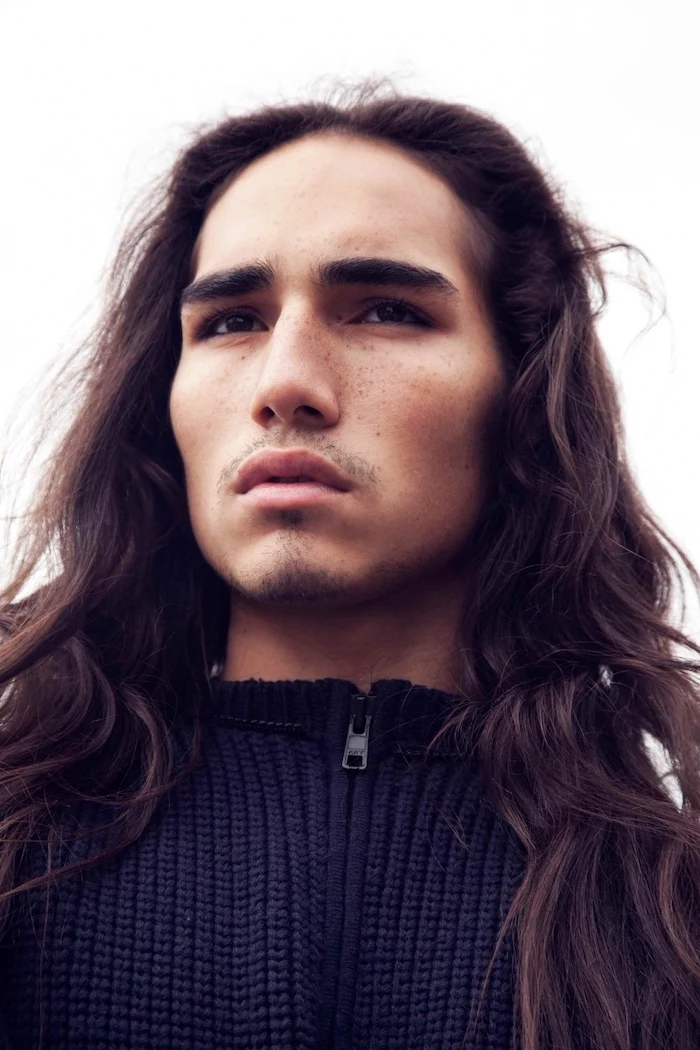
The Long-Hair Care Routine
Once you’ve got some real length, your old routine has to go. Long hair is older hair, and it needs a gentler touch.
Washing: Less Is Way More
The biggest mistake I see is overwashing. Shampooing daily strips your scalp’s natural oils, which then makes your scalp freak out and produce even more oil. It’s a vicious cycle. For most guys with long hair, washing 2-3 times a week is perfect. Your scalp will take a couple of weeks to adjust, but it will.
And your technique matters. Use lukewarm water, and focus the shampoo only on your scalp where the oil is. The suds running down are enough to clean the rest. And always, always follow with conditioner, applying it from the middle of your hair down to the ends.
Your Barber’s Starter Kit
Look, you’re going to need a few key items. You don’t have to break the bank, but investing in the right tools makes all the difference. Here’s a basic shopping list:
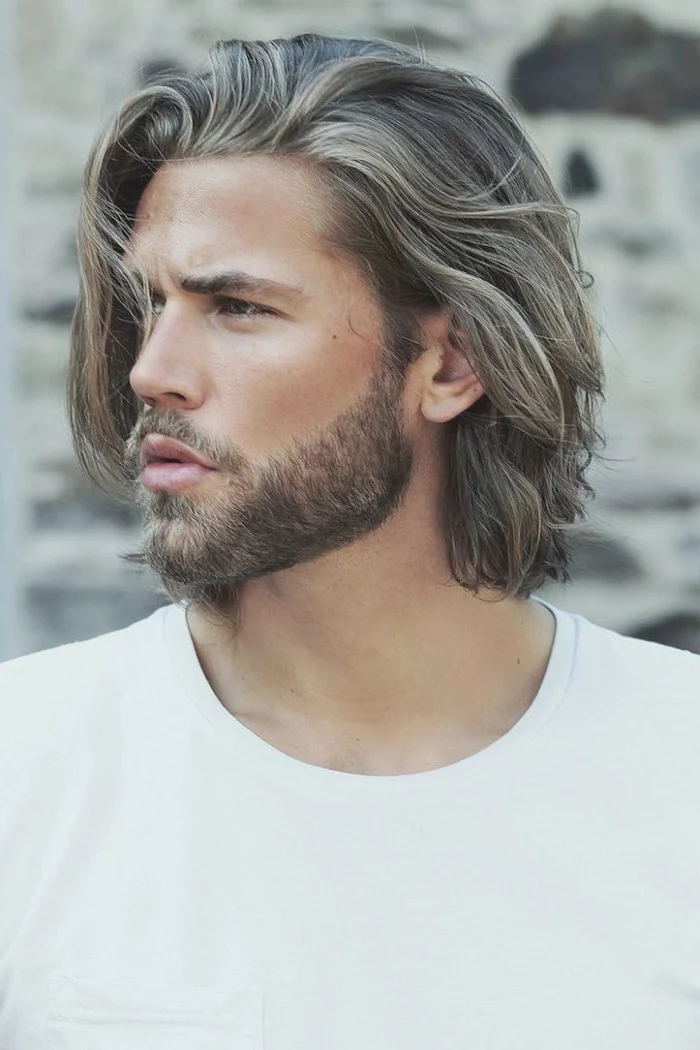
- A Sulfate-Free Shampoo: Sulfates are harsh detergents. Going sulfate-free is gentler. You can find great options like Shea Moisture for around $10-$12 at Target, or go for a salon-quality brand like Kiehl’s for about $25.
- A Silicone-Free Conditioner: Some silicones build up and weigh hair down. Again, lots of great drugstore and high-end options are available.
- A Microfiber Towel or an Old T-Shirt: Your regular bath towel is a frizz-making machine. I had a client who was convinced he just had “bad hair.” Turns out, he was just aggressively rubbing it dry with a rough towel every day. We switched him to gently squeezing with a t-shirt, and the difference was night and day. This is a free upgrade!
- A Leave-In Conditioner: A light spray provides extra moisture and protection. A classic is “It’s a 10 Lite,” which runs about $15-$20.
- The Right Hair Ties: Stop using rubber bands or those ties with the metal clamp. They snag and break hair. Get some soft fabric ties or the spiral plastic ones like Invisibobble (an 8-pack is about $10).
- A Good Hair Oil: Just a drop or two on your ends seals in moisture. Argan and Jojoba oils are fantastic because they’re lightweight and absorb well, making them great for almost all hair types. Coconut oil is also an option, but be warned: it’s much heavier and can be tough for fine or low-porosity hair to handle, so it’s best for thick, dry, or coarse hair.
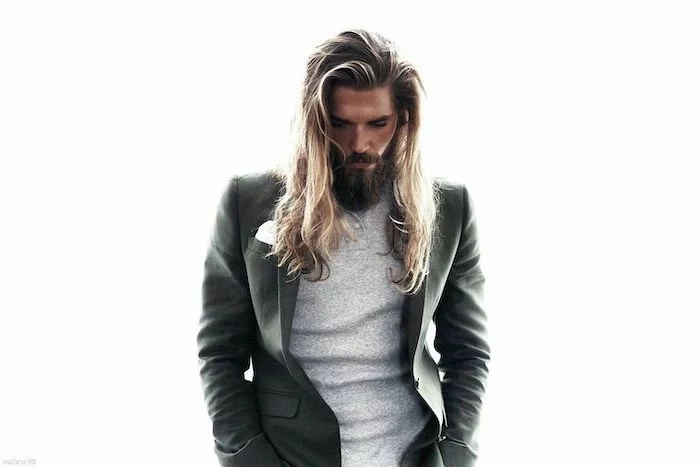
A Sample Weekly Routine to Get You Started
It can feel overwhelming trying to figure out when to do what. Here’s a simple schedule you can adapt:
- Monday: Wash Day (Shampoo scalp, condition ends).
- Wednesday: Co-Wash or Rinse Day (Skip the shampoo, just rinse your hair and use conditioner on the ends).
- Friday: Wash & Treat Day (Shampoo scalp, condition ends, and then use a deep conditioner or hair mask for 15-20 minutes).
Styling Without Wrecking Your Hair
The man bun and ponytail are go-to styles, but they come with a serious warning: traction alopecia. That’s a fancy term for hair loss caused by pulling your hair too tight, too often. If you take your hair down at the end of the day and your scalp feels sore or tender, that’s a massive red flag. You’re pulling it too tight. Loosen up before you cause permanent damage.
Vary the position of your bun or pony, keep it loose enough to be comfortable, and never, ever tie up soaking wet hair. Wet hair is fragile and stretchy; tying it up can cause it to snap as it dries.

A Field Guide to Common Problems
- The Problem: Greasy scalp, but dry, crunchy ends.
The Real Solution: First, adjust your washing routine (shampoo scalp, condition ends). Second, get a boar bristle brush. It sounds old-school, but it works. The natural bristles are amazing at grabbing the natural oils from your scalp and physically pulling them down the hair shaft. Brush from scalp to ends every night before bed. It’s like a free, all-natural conditioner for your dry ends. - The Problem: Tangles and knots from hell.
The Real Solution: Never attack a dry knot with a brush. You’ll just rip your hair out. Get it damp, apply some conditioner or a detangling spray to the knot for slip, and use a wide-tooth comb. Start at the very bottom of the knot and gently work your way up. To prevent them in the first place, sleep with your hair in a loose braid or bun. A silk or satin pillowcase (you can get one for $15-$25 online) also reduces friction and makes a huge difference.
One last thing, and this is important. I’m an expert in hair, not medicine. If you’re seeing sudden, major hair loss, bald patches, or have a painful scalp condition, you need to see a dermatologist. No hair product can fix a medical issue, so be wary of anyone who tells you otherwise.

Growing your hair is a process. It really does teach you patience. But when you finally get there, and you have a style you’ve cared for and nurtured yourself, the confidence that comes with it is incredible. With the right know-how, you can absolutely get there.
Inspiration Gallery



The Awkward Stage Lifeline: Every guy who’s grown his hair out knows it. That in-between phase where it’s too long to be short and too short to be long. The secret isn’t to fight it, but to lean into it. This is your moment for accessories. A quality beanie, a stylish cap, or a well-chosen bandana doesn’t just hide a bad hair day—it becomes part of your look.
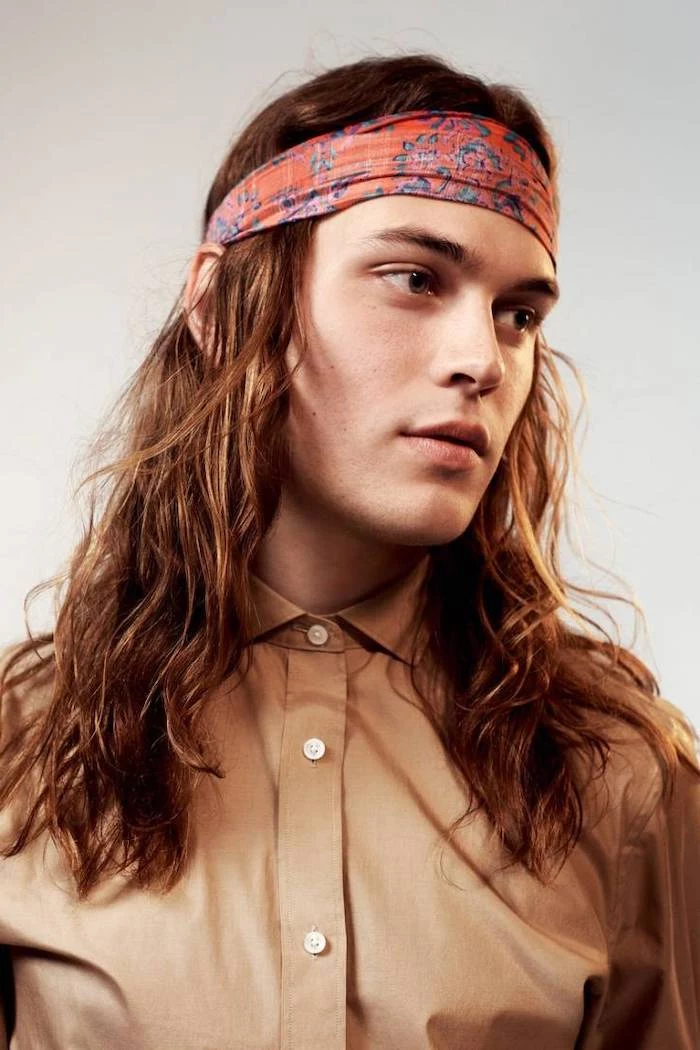

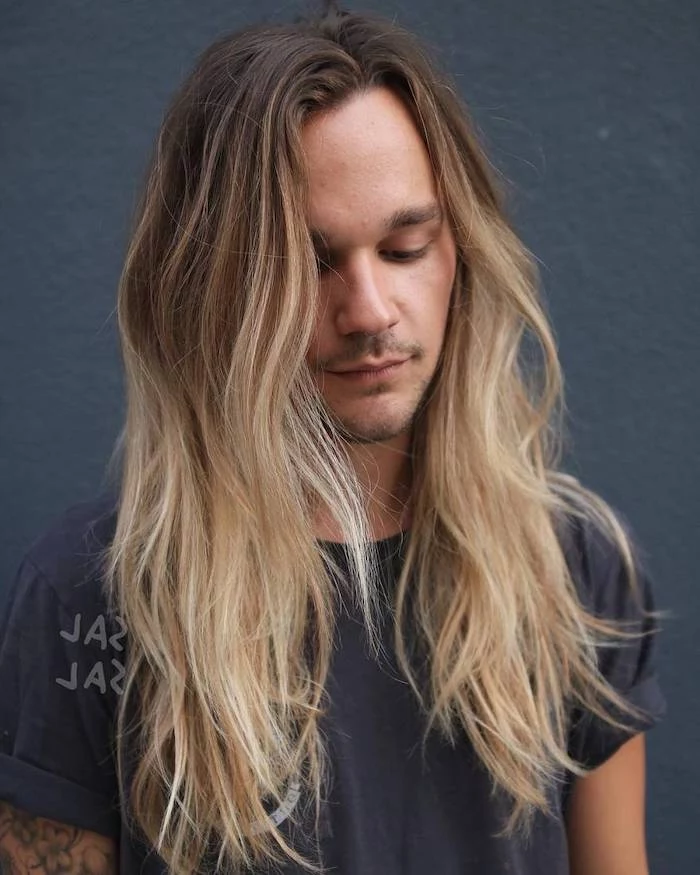
- Protects against breakage and split ends.
- Reduces frizz and flyaways come morning.
- Keeps your hair’s natural oils distributed.
The secret? Swapping your cotton pillowcase for a silk or satin one. It creates less friction, letting your hair glide instead of snagging while you sleep.
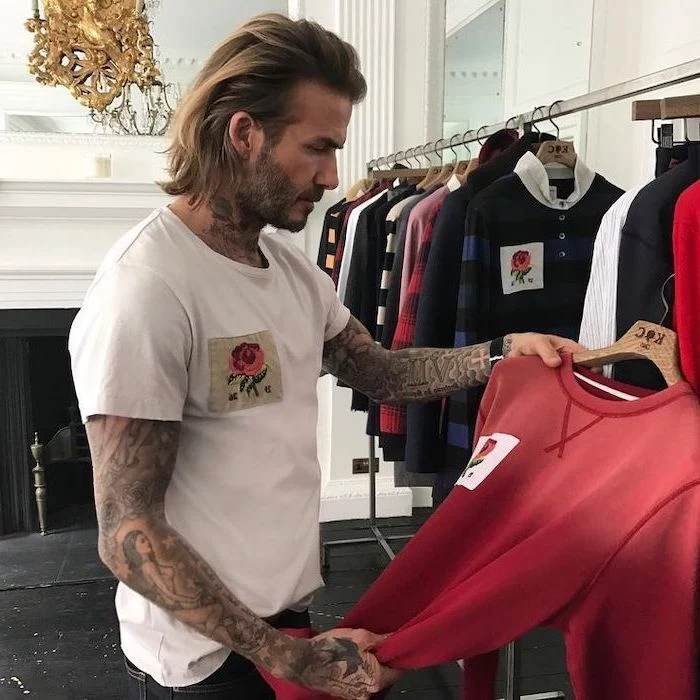

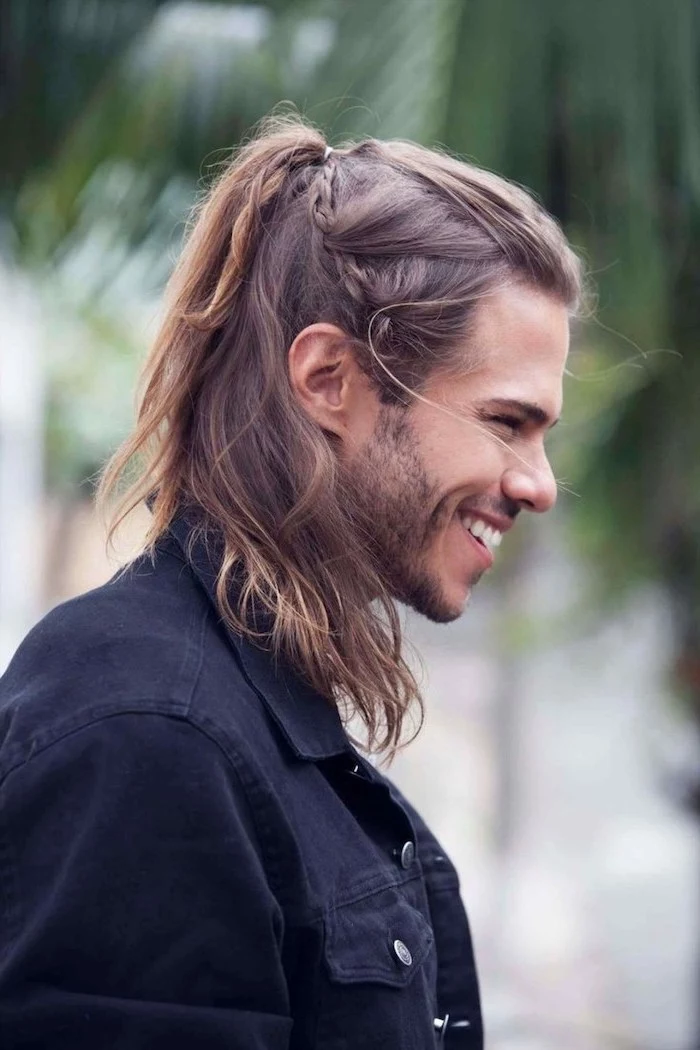
The average rate of hair growth is about half an inch per month. That’s a six-inch journey per year. Patience isn’t just a virtue; it’s a requirement.

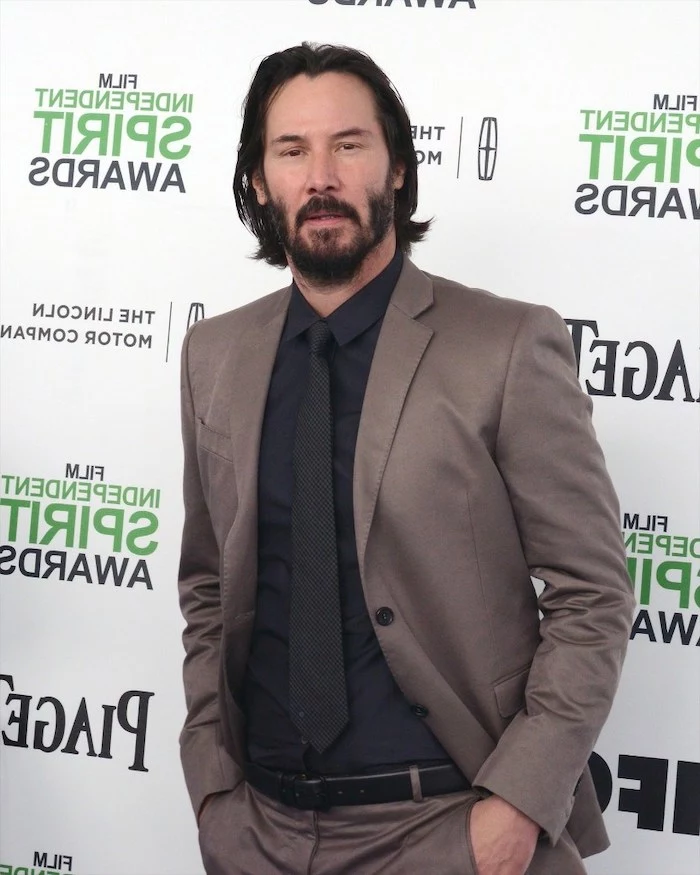

How do I get that effortless, just-off-the-beach look without the crunch?
It’s all about the product. Ditch the heavy gels of the past. A quality sea salt spray, like the one from Bumble and bumble, is your best bet. Mist it onto damp hair and scrunch as it air-dries. It provides texture and light hold, encouraging natural waves without making your hair feel like a helmet.

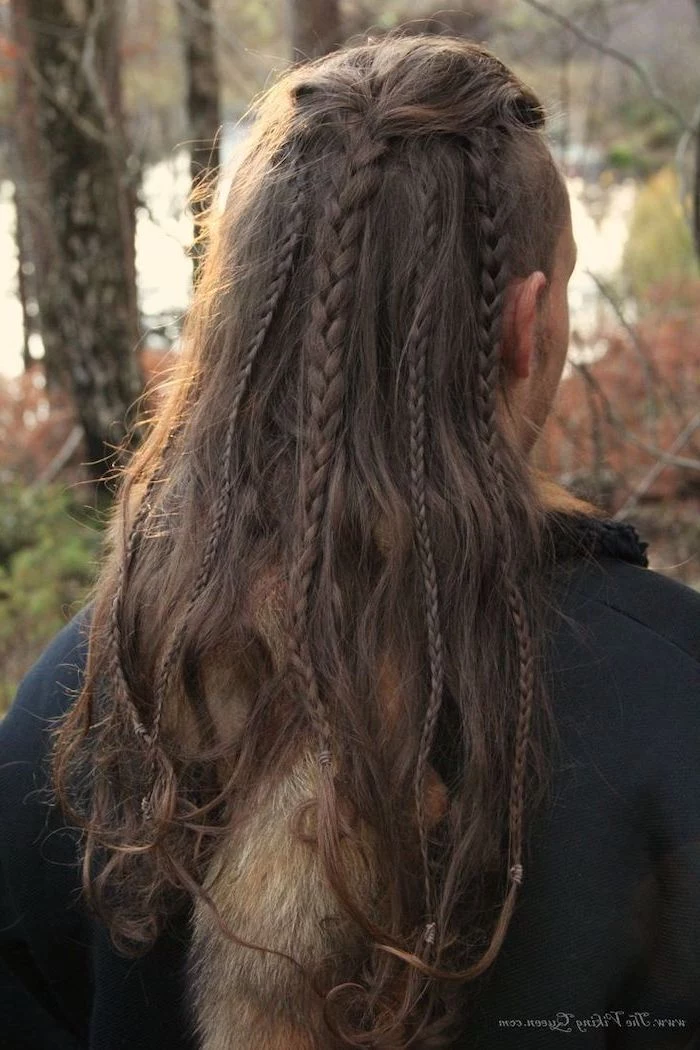

When your hair gets longer, the ends get older and thirstier. A good conditioner is non-negotiable. Don’t just slap it on and rinse it out. Let it sit for at least two to three minutes. This gives it time to actually penetrate the hair shaft and do its job. For coarse or dry hair, a product like Kiehl’s Olive Fruit Oil Deeply Reparative Hair Mask used once a week can be a game-changer.
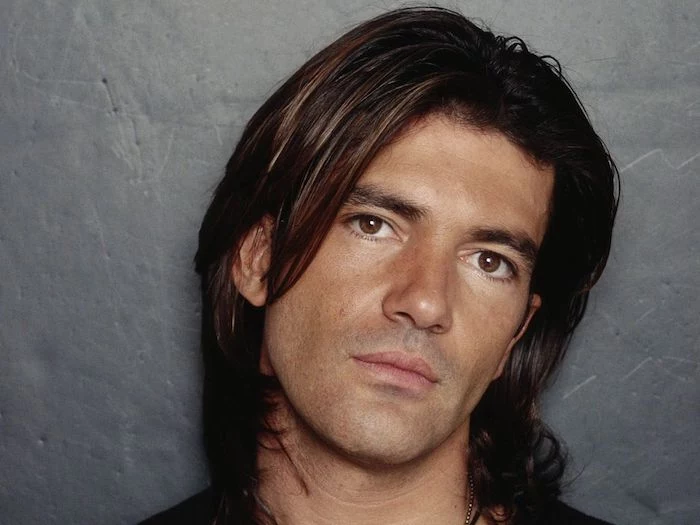


- A wide-tooth comb for detangling wet hair (never a brush!).
- A boar bristle brush to distribute oils on dry hair.
- A set of no-crease hair ties, like the spiral ones from Invisibobble, to prevent breakage when you tie it back.
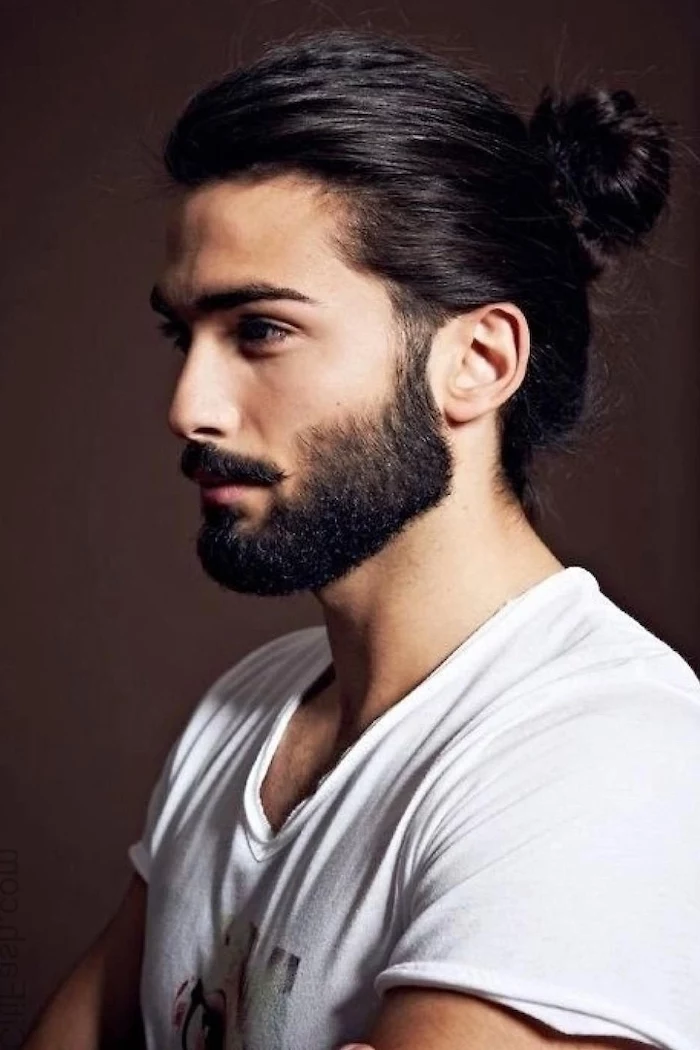
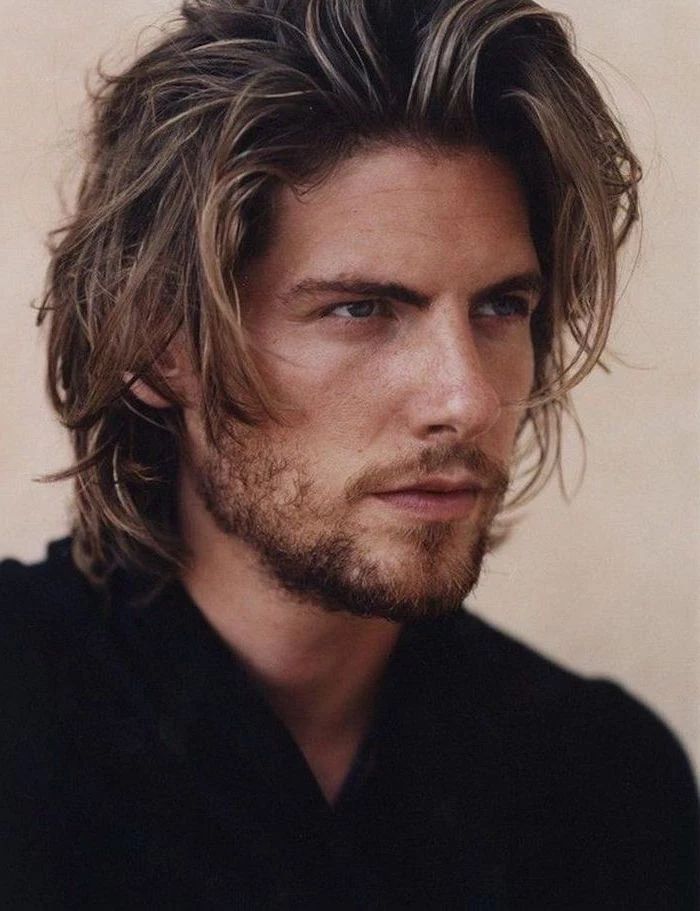
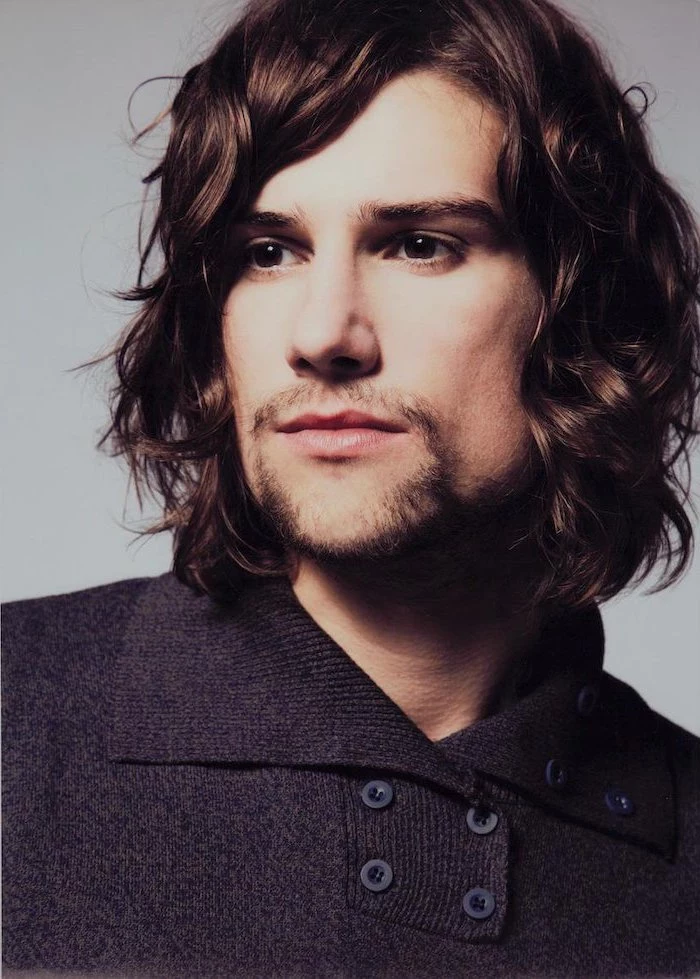
The Towel-Dry Mistake: Vigorously rubbing your hair with a rough cotton towel is one of the fastest ways to cause frizz and damage the hair cuticle. Instead, gently squeeze out excess water with your hands, then pat it dry with a soft microfiber towel or even an old cotton t-shirt. It makes a massive difference, especially for guys with fine or curly hair.


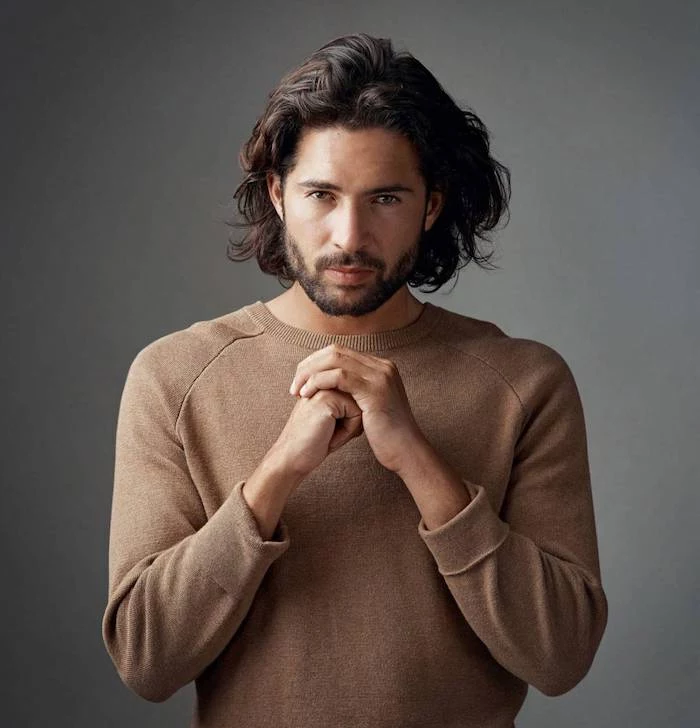
Sea Salt Spray: Creates a gritty, matte, beachy texture. Best for adding volume and enhancing natural waves in fine to medium hair.
Light-Hold Cream: Tames frizz and adds a touch of moisture and shine with minimal hold. Ideal for defining curls or keeping straight hair from looking puffy.
The choice depends on the finish you want: textured and wild, or smooth and controlled.


According to the American Academy of Dermatology, it’s normal to shed between 50 and 100 hairs a day.
So, don’t panic when you see a few strands in the shower drain or on your brush. With longer hair, this normal shedding is simply more noticeable. It’s only a concern if you start seeing bald patches or a significant increase in loss.

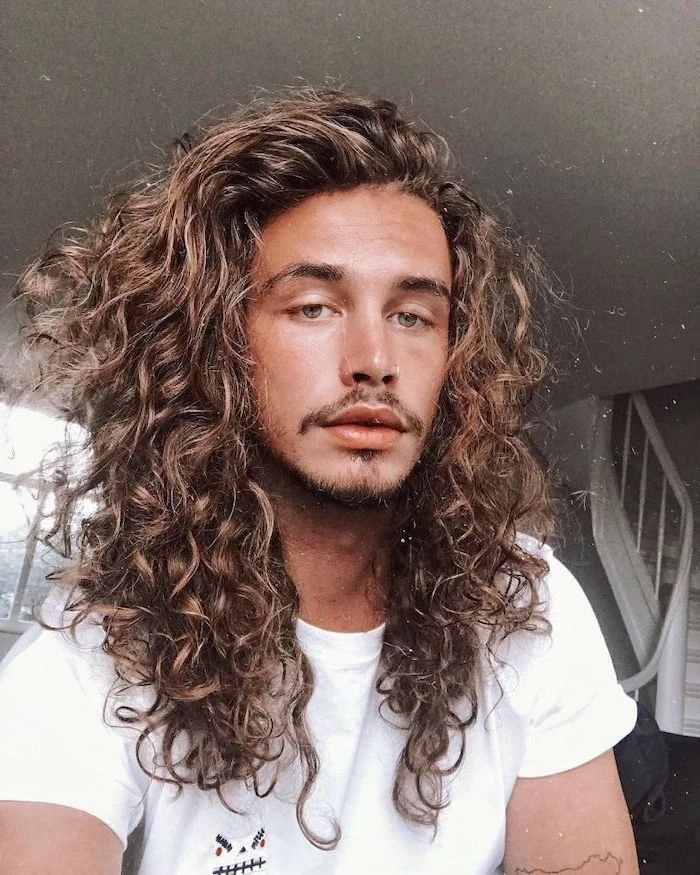
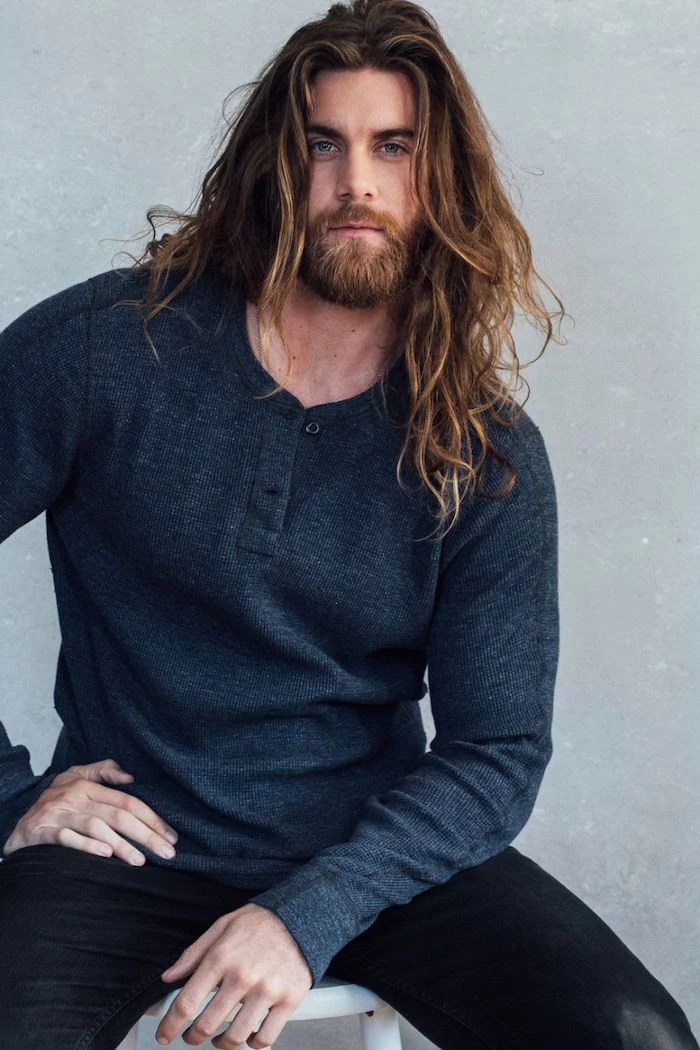
Let’s talk trims. Growing your hair out doesn’t mean avoiding the barber for two years straight. In fact, getting a ‘maintenance trim’ every 3-4 months is crucial. Ask your barber to just take off the very ends to remove split ends. This prevents the damage from traveling up the hair shaft, ensuring your hair grows out healthy, not just long.
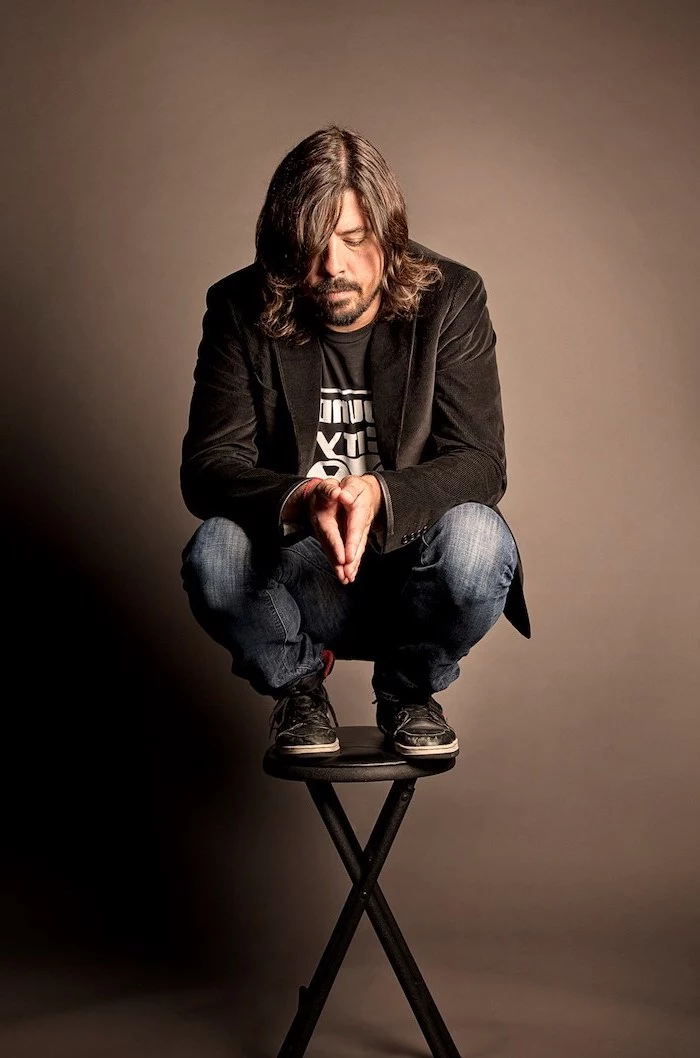


My hair is thinning. Should I just give up on growing it long?
Not necessarily. While long hair can sometimes emphasize thinning at the crown, the right cut can work wonders. A skilled stylist can add subtle layers to create an illusion of fullness. Also, focus on scalp health with products containing minoxidil, like those from Hims or Rogaine, to support the hair you have.



You don’t always need to spend a fortune. Some drugstore products are legendary for a reason. A bottle of OGX Renewing + Argan Oil of Morocco Penetrating Oil costs less than a fancy coffee but works wonders for taming frizz and adding shine to dry ends. A little goes a very long way.
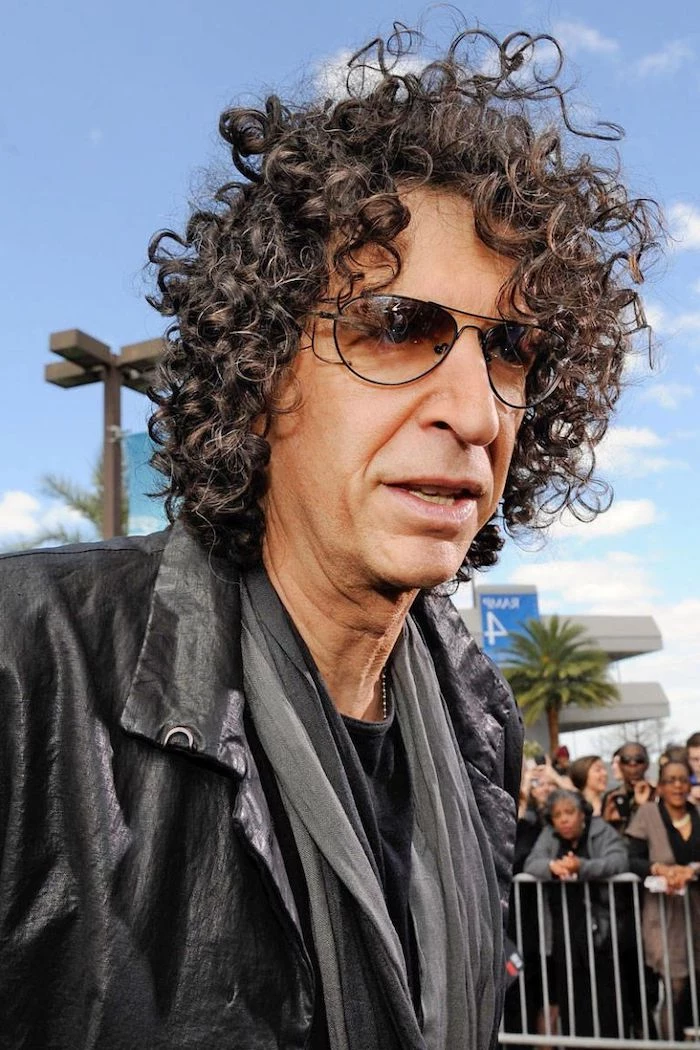


Thinking about a man bun? The key is placement. A high, tight bun can look severe and, worse, lead to traction alopecia (hair loss from pulling). For a more relaxed and modern look, aim for a lower, looser knot positioned at the crown of your head or the nape of your neck.



- For a simple, deep-conditioning treatment.
- Mash half a ripe avocado with a tablespoon of olive oil.
- Apply to damp hair, focusing on the ends.
Let it sit for 20 minutes before shampooing and conditioning as usual. The healthy fats in the avocado and oil provide intense moisture for dry, brittle hair.
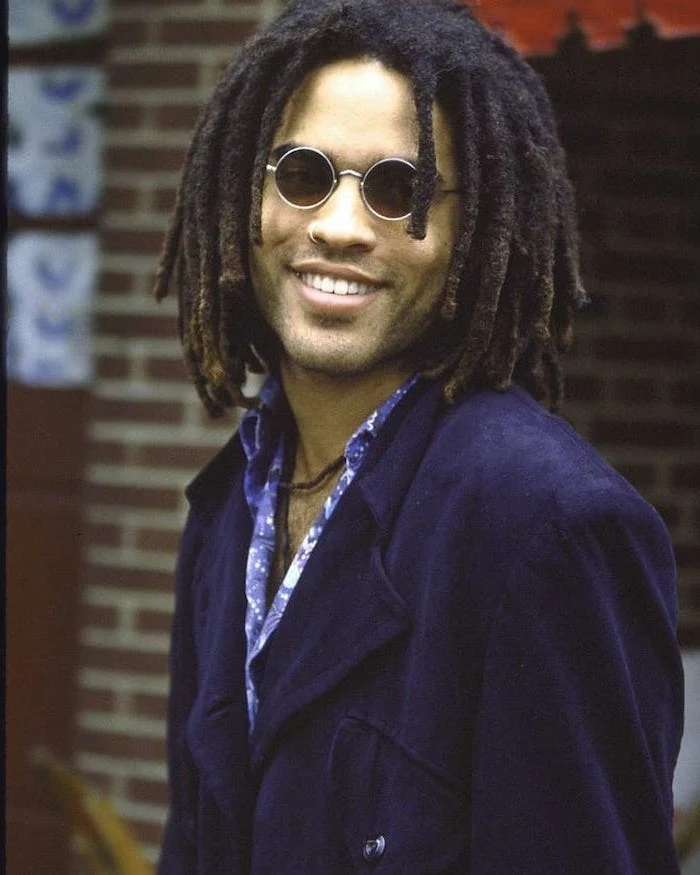
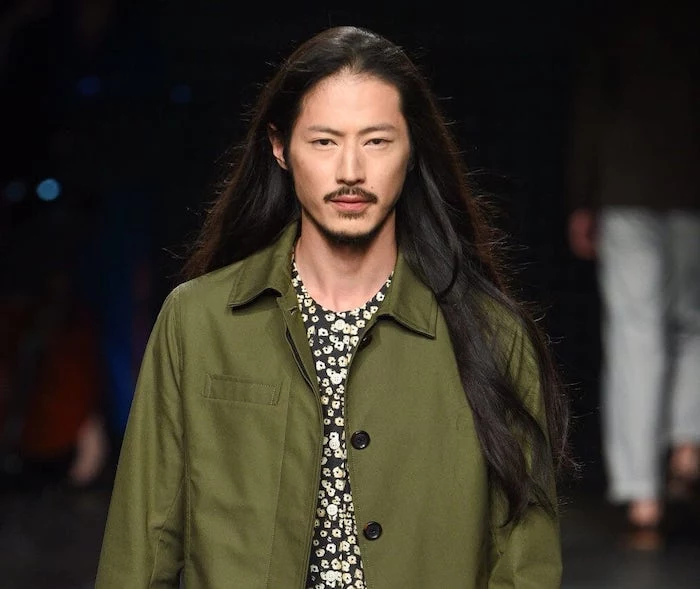

Air-Drying: The healthiest option. It’s gentle and requires zero effort. The downside? It can sometimes lead to less definition or more frizz, depending on your hair type.
Diffusing: Using a diffuser attachment on your blow-dryer on low speed and low heat. This is a game-changer for wavy and curly hair, as it enhances your natural pattern and boosts volume without creating a frizzy mess.


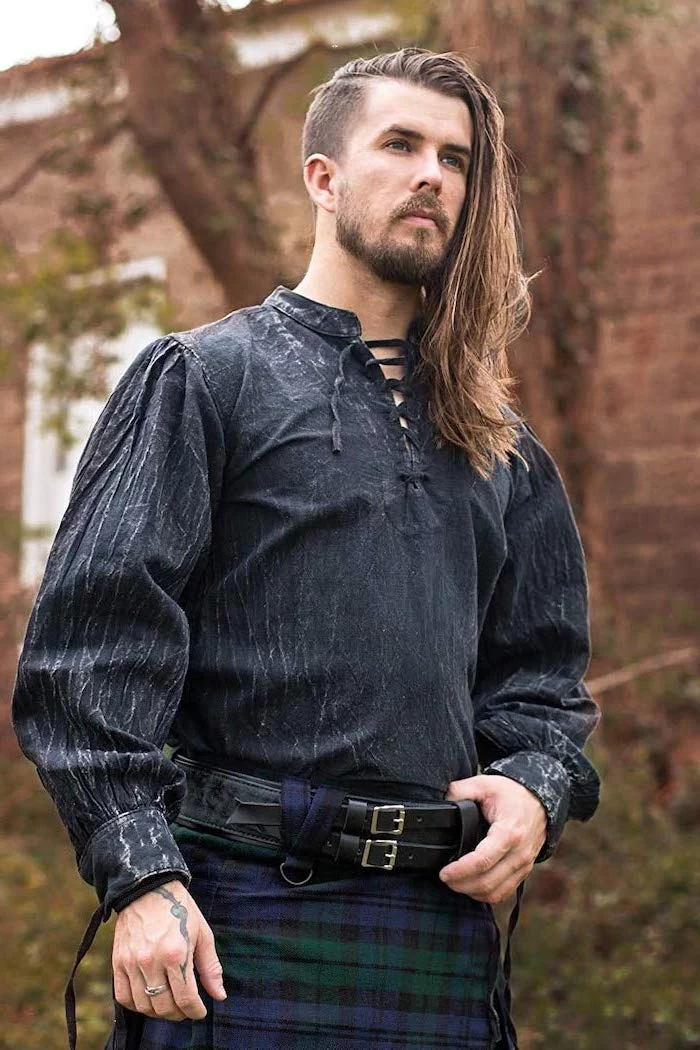
Your diet is just as important as the products you use. Hair is made of protein, so ensure you’re getting enough from sources like chicken, fish, eggs, and legumes. Nutrients like biotin (found in eggs and nuts) and iron (in spinach and red meat) are also critical for strong, healthy growth.
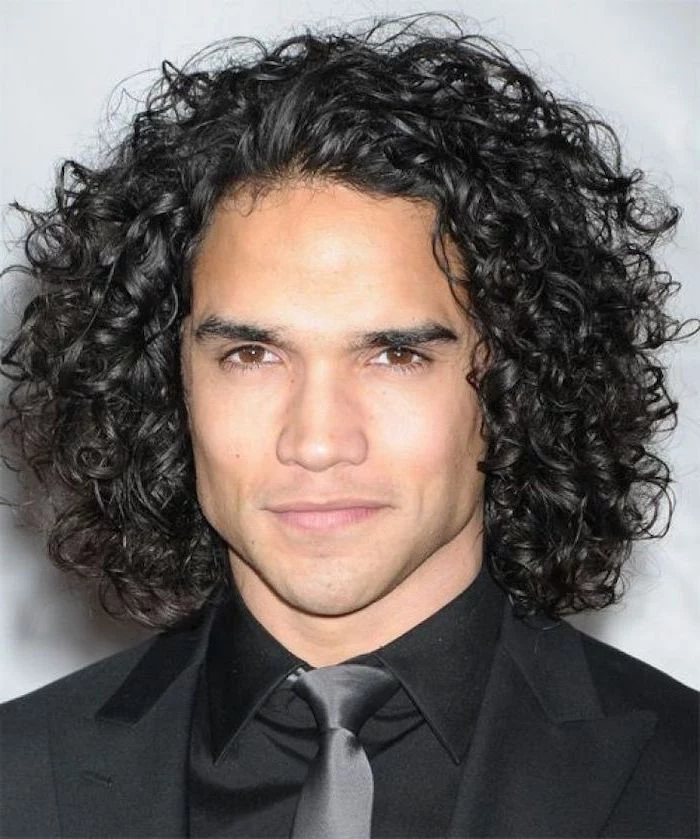
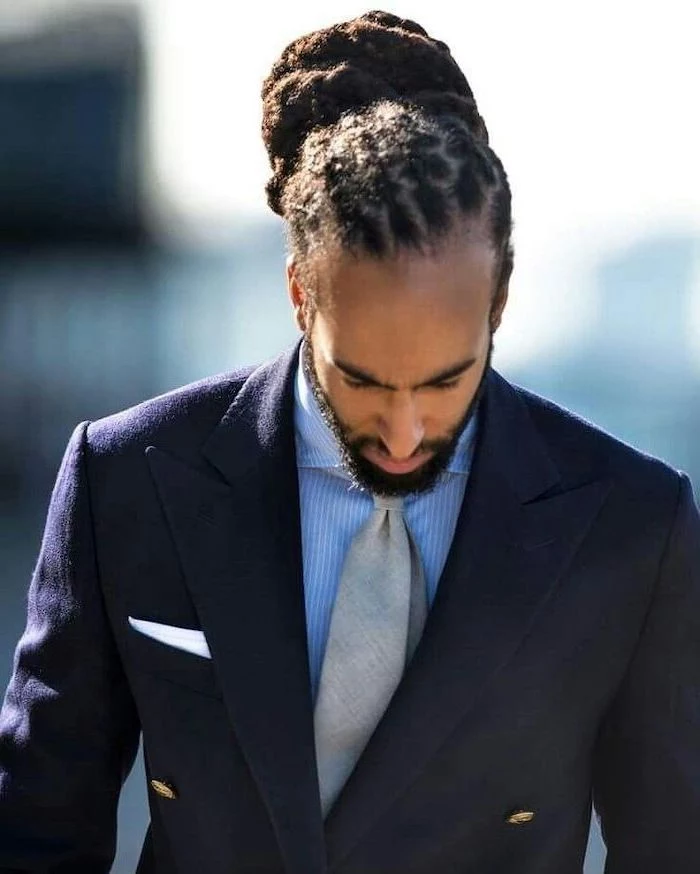
- Reduces scalp irritation and dryness.
- Helps hair retain its natural, protective oils.
- Can make your hair color last longer.
The key? Choosing a sulfate-free shampoo. Sulfates are harsh detergents that create a big lather but can strip your hair. Look for gentler formulas, like the ones from brands like Blu Atlas or Aveda Men.



Long hair isn’t a new trend. Think of the flowing locks of Viking warriors, the precise topknots of Japanese Samurai, or the powdered wigs of 18th-century European aristocrats. Throughout history and across cultures, long hair on men has symbolized everything from strength and rebellion to status and wisdom.


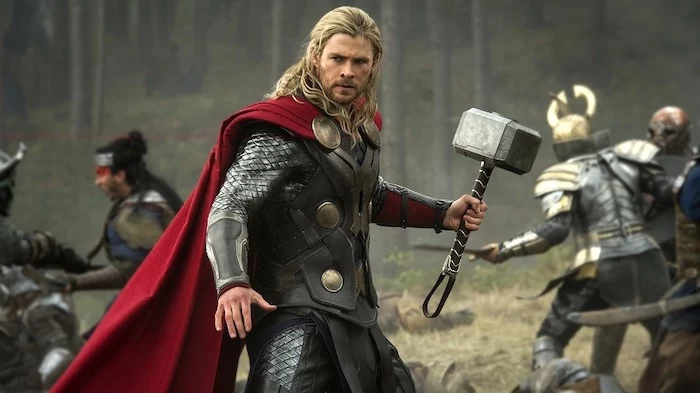
Important point: Wet hair is incredibly fragile. The most common mistake guys make is detangling right out of the shower with a fine-tooth comb or a harsh brush. This stretches and snaps the strands. Instead, use your fingers or a very wide-tooth comb, start from the ends, and gently work your way up to the roots.
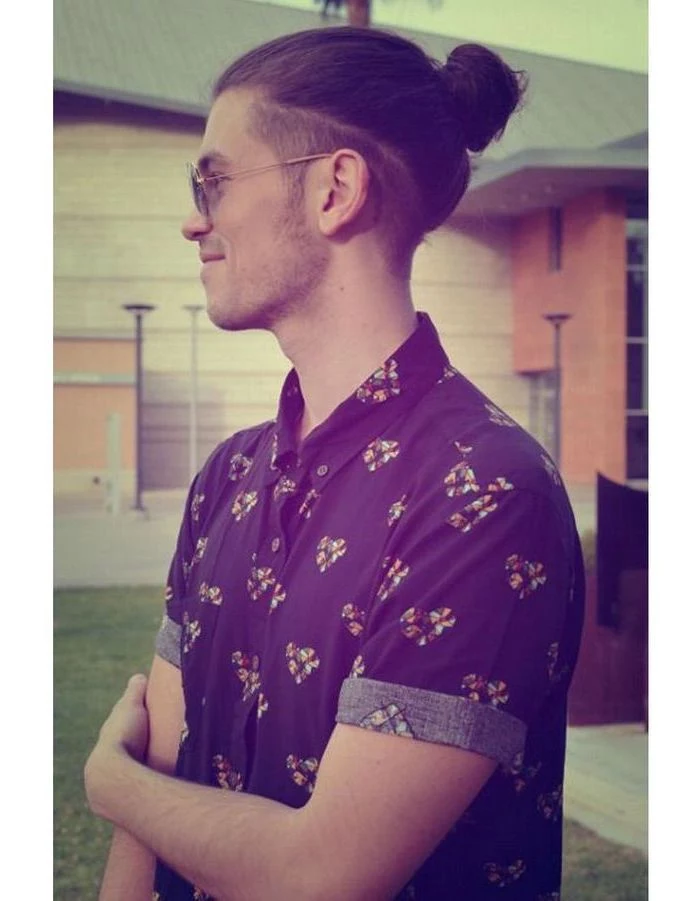

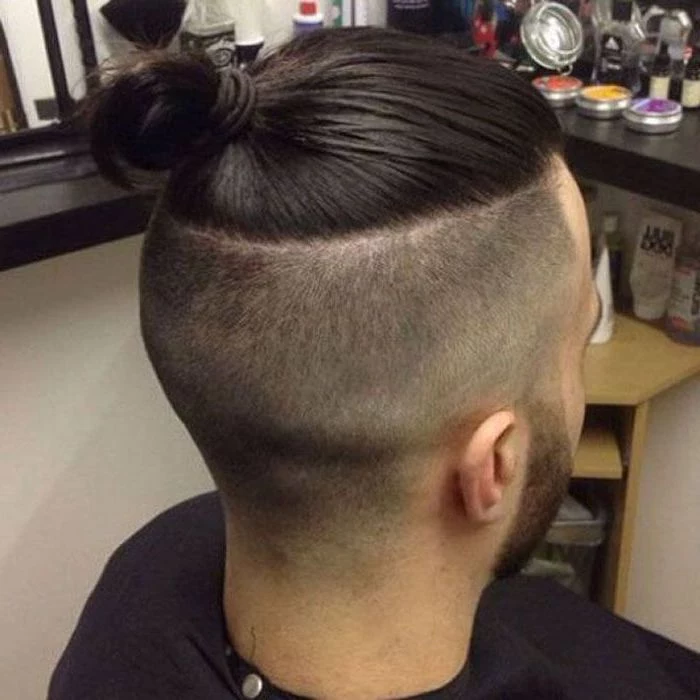
A single strand of healthy hair can support a weight of up to 100 grams. A whole head of hair could theoretically support the weight of two elephants. It’s stronger than you think.

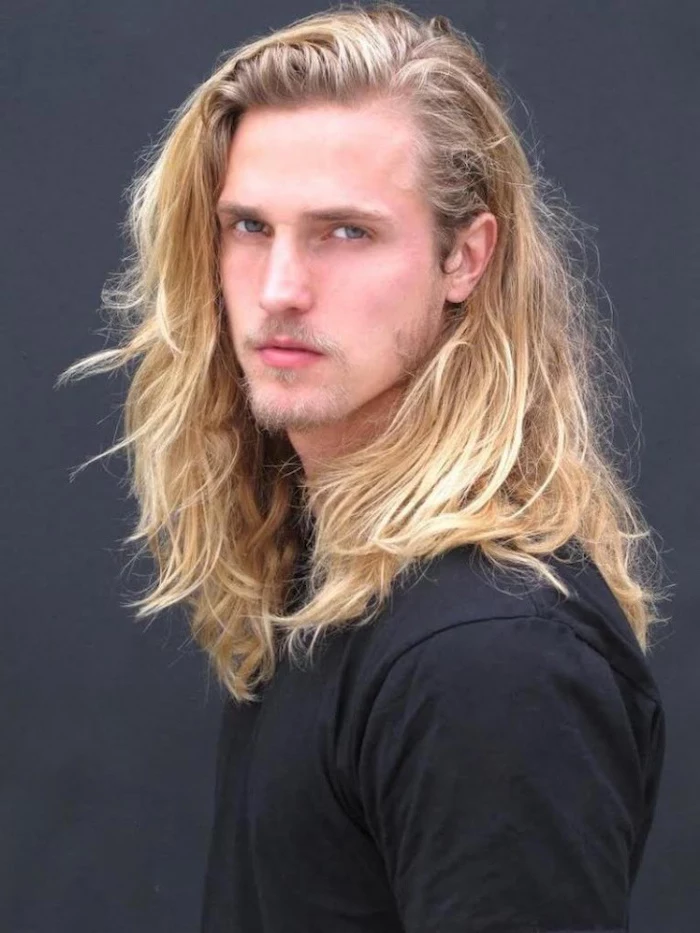

What’s the right way to use hair oil?
Less is more. Start with one or two drops—you can always add more. Warm it between your palms and apply it primarily to the mid-lengths and ends of your hair, which are the oldest and driest parts. Avoid the roots, as this can make your scalp look greasy. It’s perfect for taming flyaways on dry hair or as a pre-shampoo treatment.

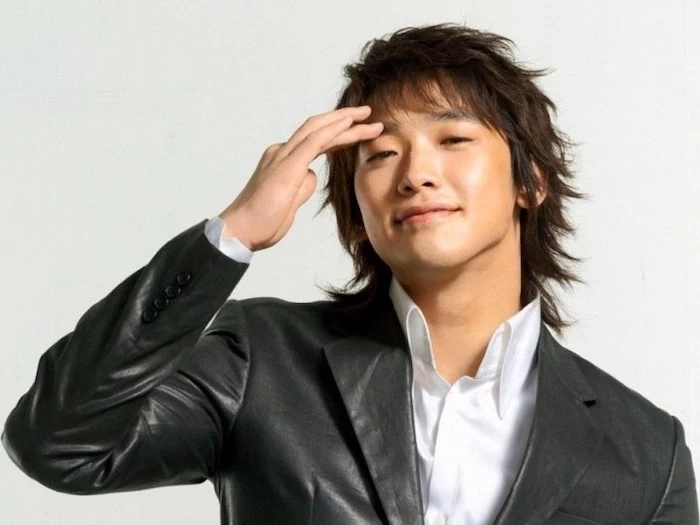

The final rinse in your shower can have a surprising impact. After conditioning, switch the water to as cold as you can stand for a quick, final rinse. This helps to seal the hair cuticle, which locks in moisture, reduces frizz, and significantly boosts shine. It’s a zero-cost trick with a big payoff.



Don’t underestimate the power of a simple part. Changing where you part your hair can completely alter your look. A center part can give off a relaxed, 70s vibe, while a deep side part can create a more dramatic, voluminous style. Experiment in the mirror—it’s the easiest, fastest way to refresh your look without a haircut.
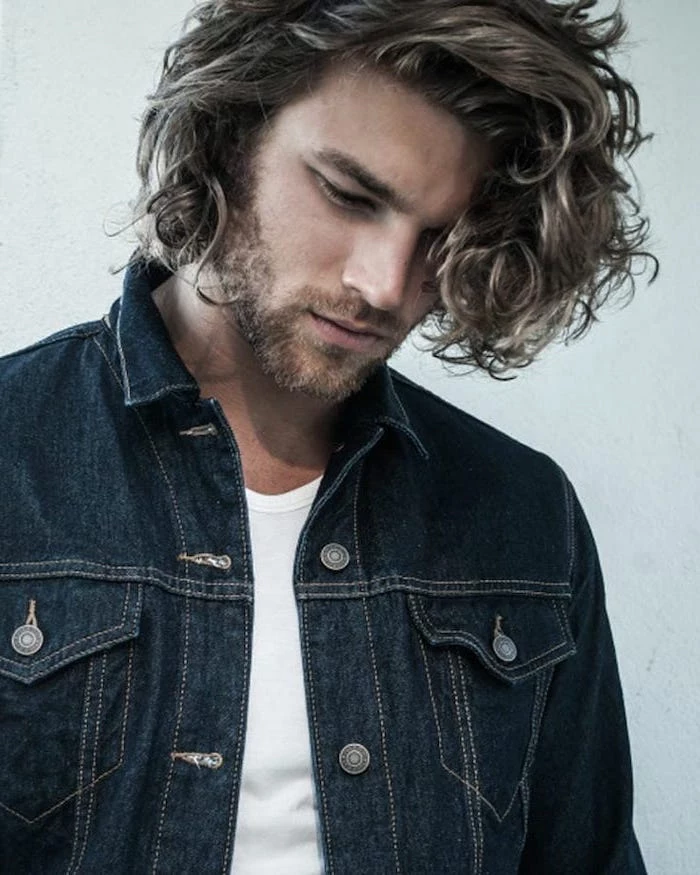
- Less washing can actually make your hair less greasy over time, as your scalp stops overproducing oil.
- Natural oils get a chance to travel down the hair shaft, nourishing the ends.
- Your hair retains more moisture and becomes less prone to dryness.
Start by pushing your wash day by one extra day. Your hair will adjust. Most guys with long hair find washing just 2-3 times a week is the sweet spot.

